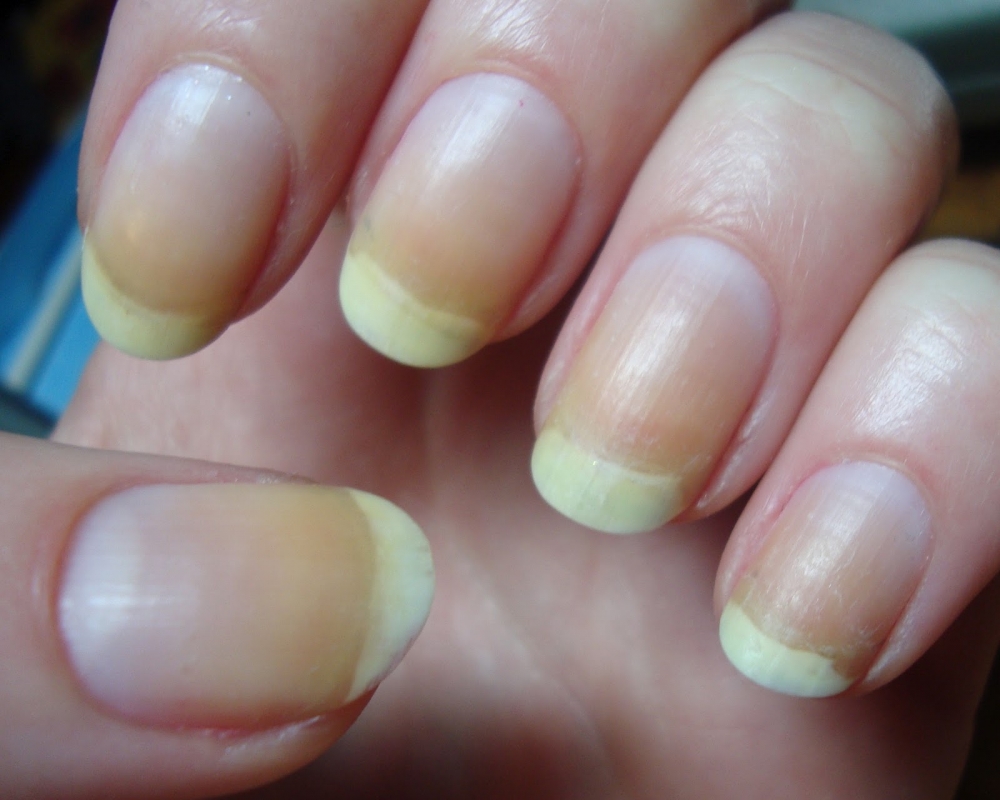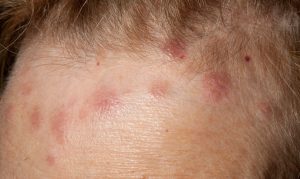HT6. Nail salons don’t tell you this. What you should know before you apply your nail polish.
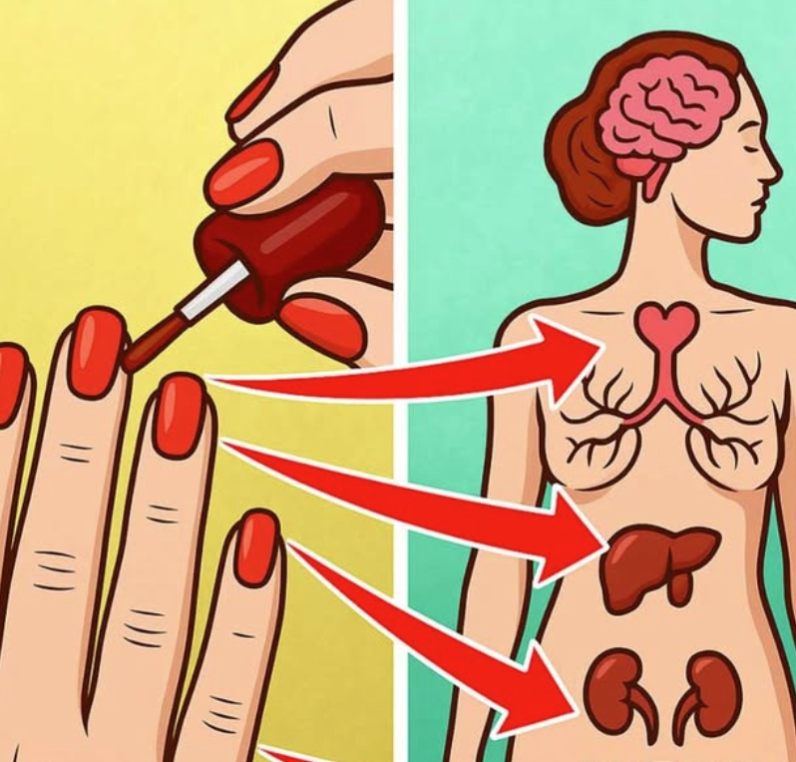
Nail polish is a staple in the world of beauty, offering a quick and easy way to enhance your nails and express your personality. However, getting that perfect, salon-quality finish at home involves more than just applying a coat of color. To achieve a polished look, it’s important to understand the components of nail polish, how to properly apply it, and potential health and environmental concerns. This guide will walk you through everything you need to know about nail polish, from its ingredients to the best application techniques.
What’s Inside Your Nail Polish?
Nail polish may seem like a simple cosmetic, but it contains several chemical components that help give it its vibrant color, glossy finish, and long-lasting durability. Some of these ingredients are generally considered safe, while others have raised health and environmental concerns.
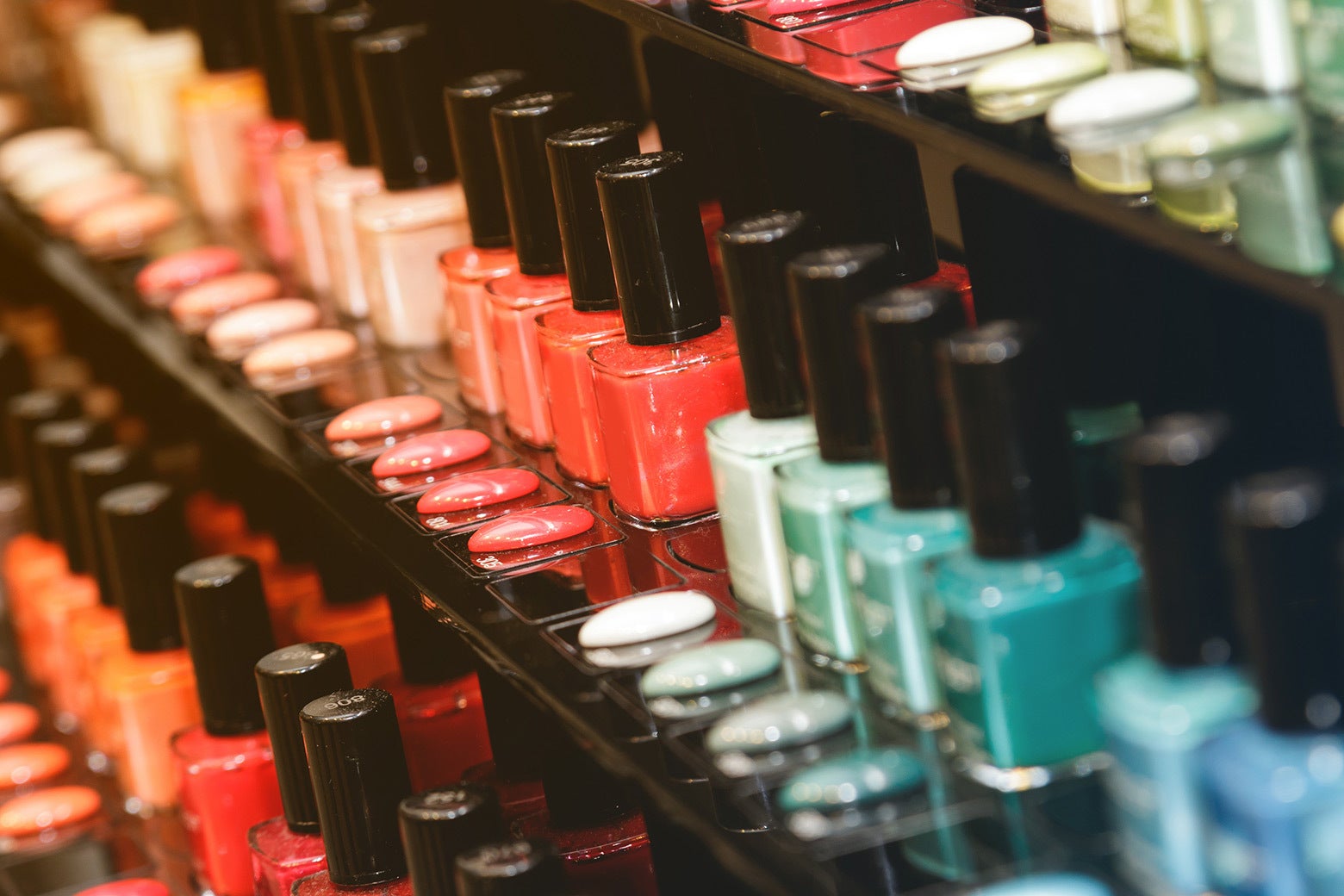
Key Components:
- Film-forming agents
These are essential for creating the solid, shiny coating on your nails. Nitrocellulose is one of the most common film-forming agents, providing the smooth surface and glossy finish that make nail polish so appealing. - Plasticizers and resins
These ingredients help nail polish maintain its flexibility, preventing chipping and cracking. Camphor and TPHP (triphenyl phosphate) are common plasticizers, though some of these chemicals can irritate the skin or disrupt hormone function over time. - Solvents
Solvents like ethyl acetate are used to make the polish easier to apply and help it dry faster. However, some solvents can cause irritation, especially when used in poorly ventilated spaces. Always ensure proper ventilation when applying nail polish. - Pigments and colorants
The pigments and colorants in nail polish are responsible for its vibrant shades. However, glitters and other decorative particles in some polishes may contain non-biodegradable microplastics, contributing to environmental pollution. - UV stabilizers
Benzophenone-1 is a common UV stabilizer used in some nail polishes to prevent fading. While it keeps colors from losing their vibrancy, it has also been flagged as a potential endocrine disruptor.
Ingredients to Avoid
While many nail polishes are generally safe to use, certain ingredients have been linked to health risks. These include:
- Formaldehyde and its resin – Known carcinogens and allergens.
- Toluene – Can affect the nervous system and cause headaches and dizziness.
- Dibutyl Phthalate (DBP) – Linked to reproductive health issues.
- TPHP (Triphenyl Phosphate) – Suspected hormone disruptor.
- Parabens, camphor, ethyl tosylamide, and xylene – These ingredients may cause skin irritation or are banned in some regions due to health concerns.
As awareness of these ingredients grows, many brands now promote “X-Free” nail polishes, such as 5-Free, 7-Free, or 10-Free formulas, which indicate the absence of harmful chemicals like those mentioned above. Opting for safer alternatives, such as polishes with mineral pigments, biodegradable glitter, and preservatives like phenoxyethanol, is a great way to reduce exposure to toxic substances.

Preparing Your Nails for Polish
Before you begin applying nail polish, it’s essential to prepare your nails properly to ensure a smooth and long-lasting manicure. Follow these steps for optimal results:
- Remove old polish
Use an acetone-free remover to gently take off any old polish. This will prevent your nails from drying out and ensure that the new polish adheres well. - Shape your nails
Trim and file your nails to your desired shape. Keep your nails short and rounded to prevent snagging and breakage. - Push back your cuticles
Gently push back your cuticles using a cuticle pusher. This helps create a clean edge for the polish and prevents any polish from getting onto the cuticle area. - Cleanse your hands
Wash your hands thoroughly to remove any oils, dirt, or residue that might interfere with the polish’s adherence. - Apply a base coat
A base coat is crucial for protecting your nails from staining and ensuring the nail polish adheres evenly. It also helps extend the life of your manicure by preventing chips and peeling.
Choosing the Right Nail Polish and How to Apply It

When it comes to picking the right nail polish, consider the following factors:
- Color
Choose a color that complements your skin tone and is appropriate for the occasion. Neutral shades are ideal for everyday wear, while bold, bright colors are perfect for special events and occasions. - Finish
Nail polish comes in various finishes, including glossy, matte, and shimmer. Consider the finish you prefer and how it aligns with your personal style. - Formula
Pay attention to the drying time and chemical safety of the nail polish. Always opt for formulas that are safer for your health, such as those that are 5-Free or 10-Free. - Application
Apply nail polish in thin layers to ensure even coverage. Let each coat dry completely before applying the next. This helps to avoid thick, uneven layers that may chip more easily. - Top Coat
After applying the color coat, always finish with a top coat. This seals the color and adds a glossy finish. It also helps to protect the polish from chipping and fading.
Capping the Free Edge
One key application tip that many people overlook is “capping” the free edge of the nail. To do this, run the brush along the tip of your nail to prevent chips and ensure the polish lasts longer.

Tips for Faster Drying and Longer Wear
- Quick-dry top coat
Speed up drying time by using a quick-dry top coat. Alternatively, you can dip your nails in cold water to help them set faster. - Avoid heat
Heat can cause bubbles in your nail polish, so avoid applying polish near heat sources or placing your nails in hot environments until the polish has dried completely. - Reapply top coat
For a longer-lasting manicure, reapply a fresh layer of top coat every few days to maintain the shine and protect against chips. - Wear gloves
When doing chores or using your hands for heavy work, wear gloves to protect your nails and prevent chips and scratches. - Moisturize regularly
Keep your nails hydrated by moisturizing regularly. This helps prevent your nails from becoming dry and brittle.
Safely Removing Nail Polish
When it’s time to remove your nail polish, do so gently to avoid damaging your nails:
- Non-acetone remover
Always use a non-acetone remover to prevent your nails from drying out. Acetone can be harsh and strip moisture from your nails. - Avoid harsh scrubbing
Press a soaked cotton pad onto the nail for a few seconds to loosen the polish, then gently wipe away. - Moisturize after removal
After removing the polish, apply cuticle oil or hand cream to restore moisture and keep your nails healthy.
Potential Risks of Nail Polish

While nail polish can enhance the appearance of your nails, there are some risks to consider:
- Chemical exposure
Frequent exposure to certain chemicals in nail polish may contribute to skin irritation, respiratory issues, or long-term health effects like hormone disruption. - Nail damage
Overuse of nail polish can weaken nails, leading to dryness and brittleness. Avoid leaving polish on for extended periods to allow your nails to breathe. - Infections
Inadequate nail care can lead to infections. Always ensure your nails and tools are clean to prevent bacteria from entering the nail bed. - Environmental harm
Some ingredients in nail polish, like glitters and non-biodegradable plastics, contribute to environmental pollution. Opt for eco-friendly products to reduce your environmental impact.
Conclusion
With the right knowledge and proper techniques, you can enjoy beautiful, healthy nails while minimizing risks. Choosing the right ingredients, preparing your nails, and following application tips will help you achieve a flawless manicure that lasts longer and looks great. Make sure to prioritize safe and eco-friendly nail products to protect both your health and the environment.
By taking these steps and being mindful of the ingredients in your nail polish, you can achieve the perfect manicure while minimizing harmful effects on your body and the planet.
Sources:
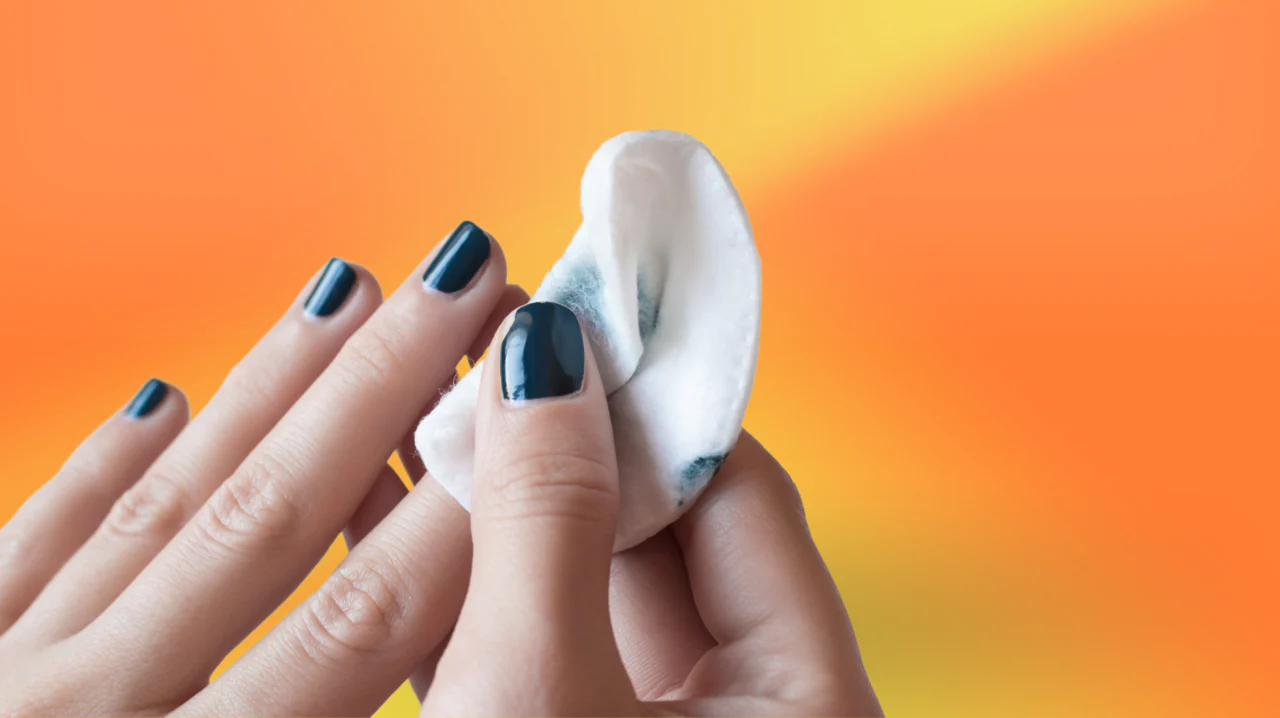
:max_bytes(150000):strip_icc()/ScreenShot2020-04-14at12.44.22PM-ad29736fd3674d00b228235c27da72fe.png)
